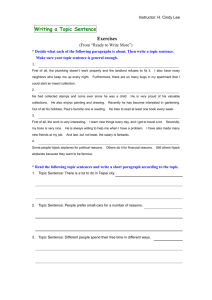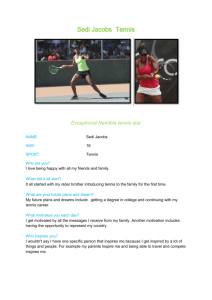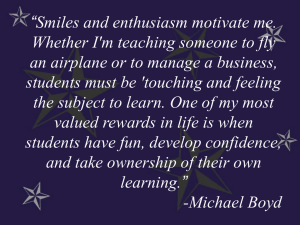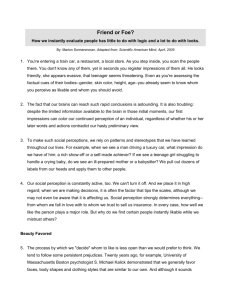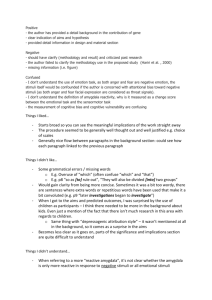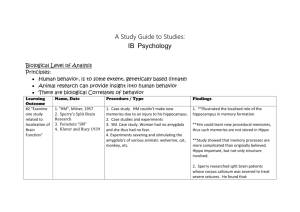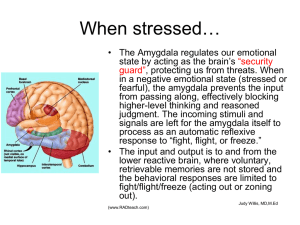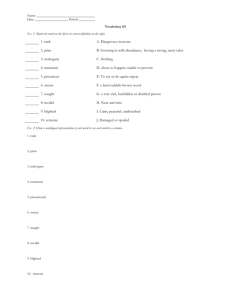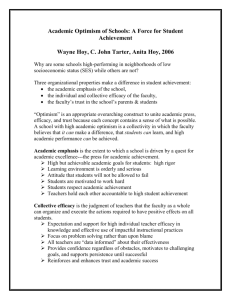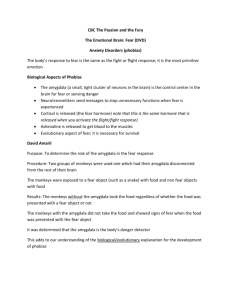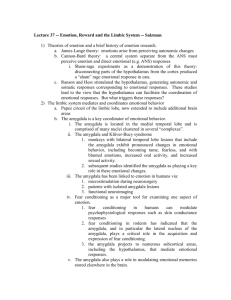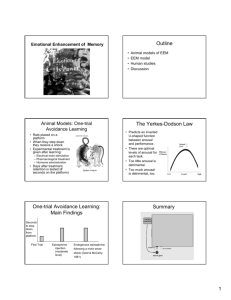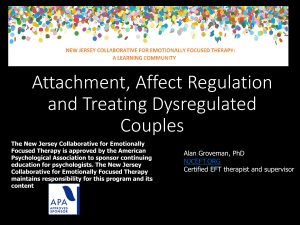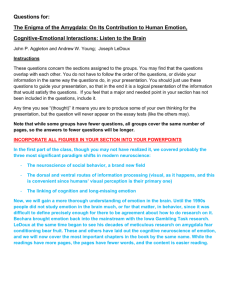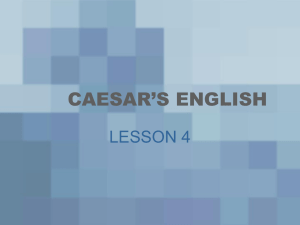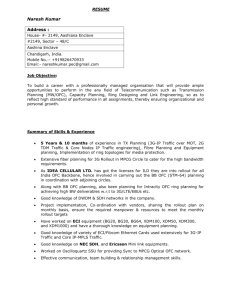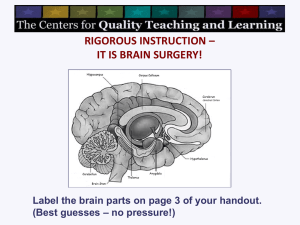Emotional Literacy: Reading people as well as we read books
advertisement
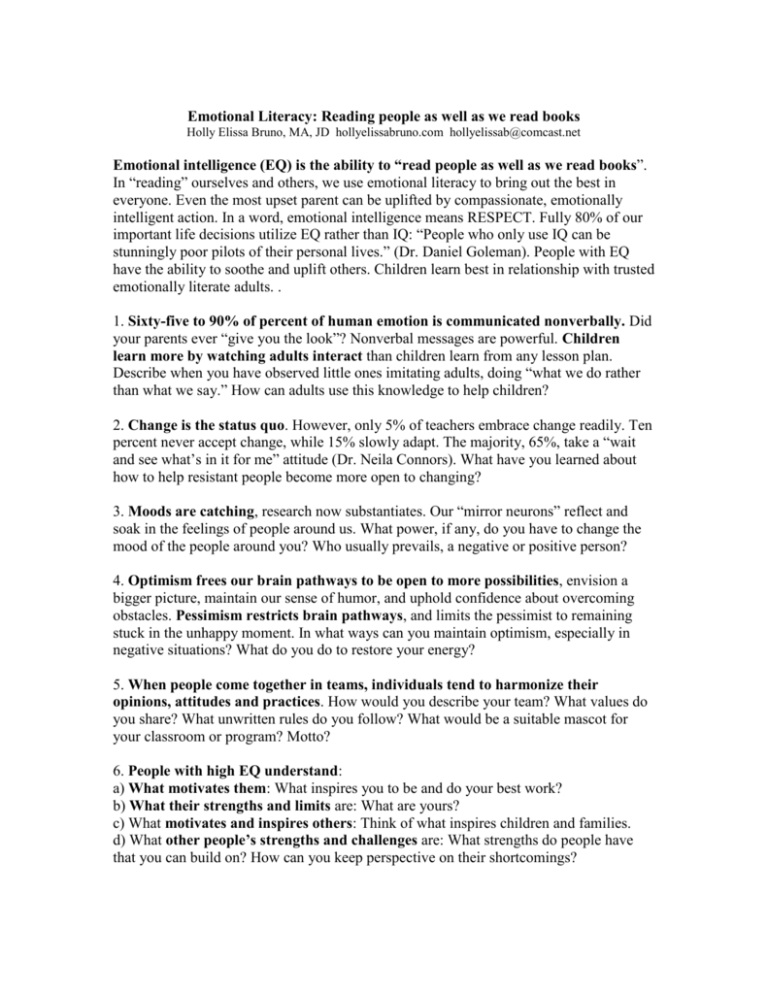
Emotional Literacy: Reading people as well as we read books Holly Elissa Bruno, MA, JD hollyelissabruno.com hollyelissab@comcast.net Emotional intelligence (EQ) is the ability to “read people as well as we read books”. In “reading” ourselves and others, we use emotional literacy to bring out the best in everyone. Even the most upset parent can be uplifted by compassionate, emotionally intelligent action. In a word, emotional intelligence means RESPECT. Fully 80% of our important life decisions utilize EQ rather than IQ: “People who only use IQ can be stunningly poor pilots of their personal lives.” (Dr. Daniel Goleman). People with EQ have the ability to soothe and uplift others. Children learn best in relationship with trusted emotionally literate adults. . 1. Sixty-five to 90% of percent of human emotion is communicated nonverbally. Did your parents ever “give you the look”? Nonverbal messages are powerful. Children learn more by watching adults interact than children learn from any lesson plan. Describe when you have observed little ones imitating adults, doing “what we do rather than what we say.” How can adults use this knowledge to help children? 2. Change is the status quo. However, only 5% of teachers embrace change readily. Ten percent never accept change, while 15% slowly adapt. The majority, 65%, take a “wait and see what’s in it for me” attitude (Dr. Neila Connors). What have you learned about how to help resistant people become more open to changing? 3. Moods are catching, research now substantiates. Our “mirror neurons” reflect and soak in the feelings of people around us. What power, if any, do you have to change the mood of the people around you? Who usually prevails, a negative or positive person? 4. Optimism frees our brain pathways to be open to more possibilities, envision a bigger picture, maintain our sense of humor, and uphold confidence about overcoming obstacles. Pessimism restricts brain pathways, and limits the pessimist to remaining stuck in the unhappy moment. In what ways can you maintain optimism, especially in negative situations? What do you do to restore your energy? 5. When people come together in teams, individuals tend to harmonize their opinions, attitudes and practices. How would you describe your team? What values do you share? What unwritten rules do you follow? What would be a suitable mascot for your classroom or program? Motto? 6. People with high EQ understand: a) What motivates them: What inspires you to be and do your best work? b) What their strengths and limits are: What are yours? c) What motivates and inspires others: Think of what inspires children and families. d) What other people’s strengths and challenges are: What strengths do people have that you can build on? How can you keep perspective on their shortcomings? 7. What is your personal definition of success? How do you carry this into your work? Describe a time when you felt especially successful with a family. Does this tell you something about what you stand for? What are your “core values”? 8. Our ability to read and attend to the needs of others sometimes means we do not always take enough time to care for ourselves. We all need a support system to help us maintain our optimism and energy. Who is in your support system? List people below. Personal life Professional life Community Unconditional Support/love ______________________________________________________________________________________ Challenges you To face the things You would rather Avoid _________________________________________________________________________________ Celebrates your Successes & Efforts 9. Amygdala hijack: When we feel threatened or stressed, a gland in the middle of our head (amygdale) triggers adrenalin to flood our bodies, causing us to “lose it”. Another part of our brain, the OFC (orbito-frontal cortex) restores our professionalism. For our OFC to calm our amygdala requires considerable EQ. Give an example of this. 10. Thirty seconds on the pathway to serenity. Here is a simple exercise you can do internally at almost anytime, especially when you feel stress rising and are in danger of an “amygdala hijack” (losing it). This exercise actually lowers your blood pressure. 1. Picture a serene place you go to feel restored, at home, at peace (the beach, walking your dog, watching a sunset, being hugged by a friend). 2. Place your right hand over your heart. 3. Imagine yourself in your serene place. Close your eyes. Breathe in and out. 4. When distracting thoughts or fears intrude, say “Thanks but no thanks. This is my time to be at peace”. Send negative thoughts on their way as you picture your place again. 5. Breathe in and out, while being in your serene place. 6. Open your eyes with an “attitude of gratitude” for quiet places. HOPE is the thing with feathers that perches in the soul and sings the tune without words and never stops – at all. (Emily Dickinson)
